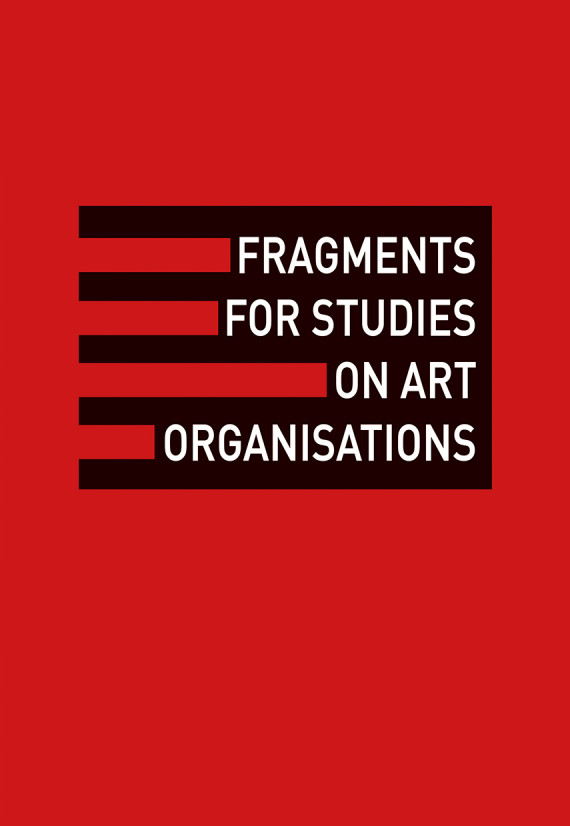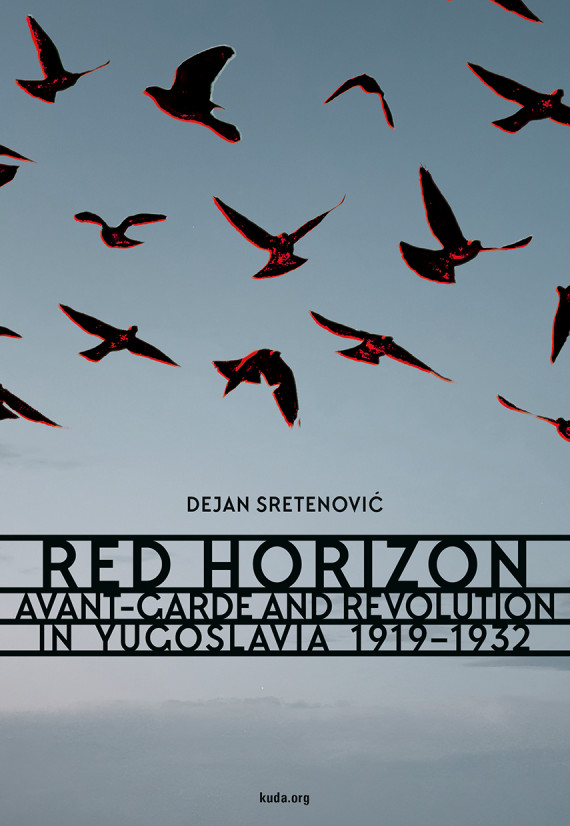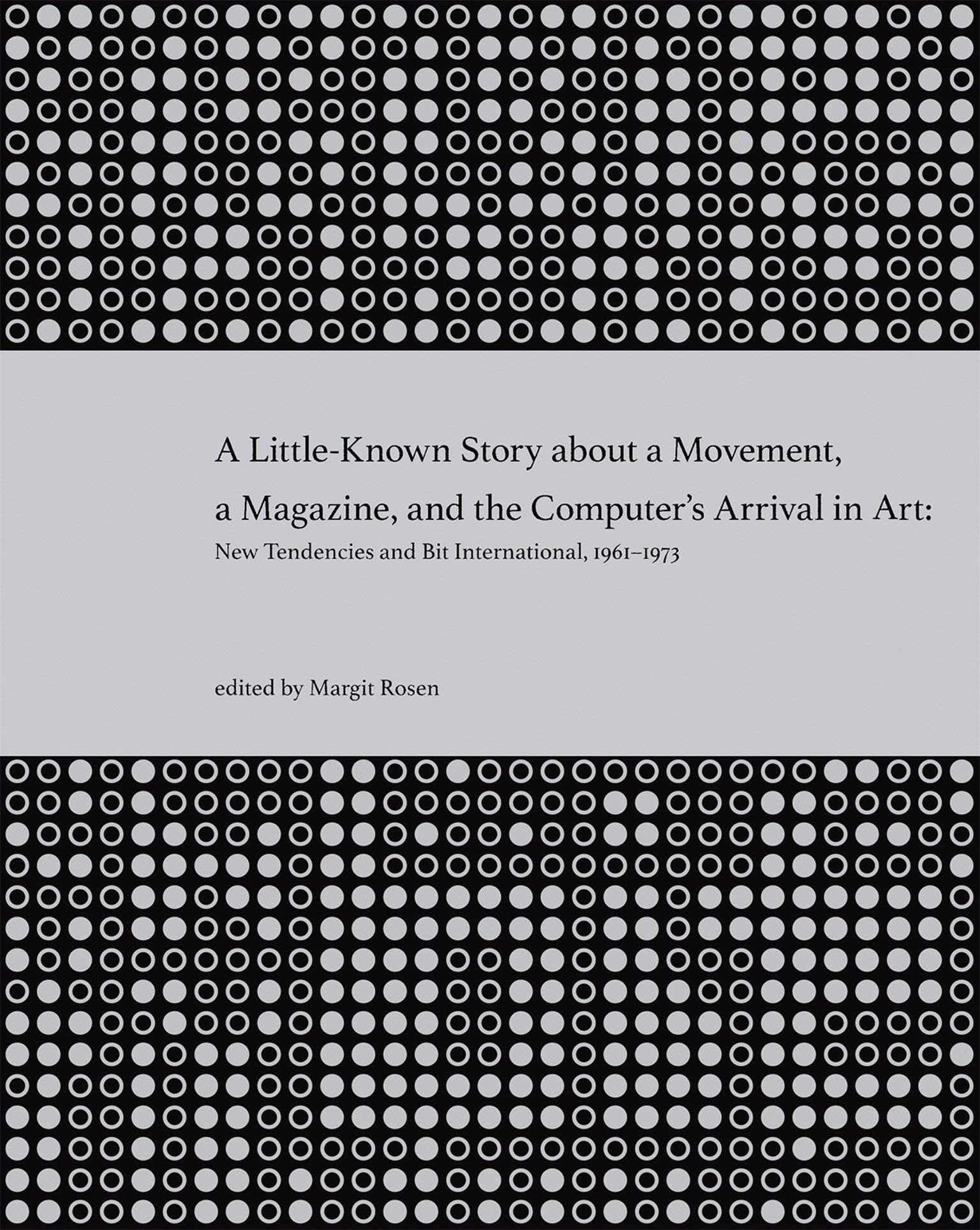Fragments for Studies on Art Organisations, vol. 1 (2021)
Filed under book | Tags: · art, art history, collective art, ex-yugoslavia, organization, self-organization, yugoslavia

“The publication Fragments for Studies on Art Organisation is part of the project Art Organisation which has been conceived as an introduction to the research of the ways of (self) organisation, group action and working conditions (collective production and collective generation) of ‘non-institutional’ artistic practices in the Yugoslav and post-Yugoslav space. Our interest in art organisation goes beyond artistic frameworks. What we are really interested in is how to act collectively in society today.
During 2017, our work on the project began with interviewing participants and protagonists of the Contemporary Art Scene in Yugoslavia. This work continued in 2018 and 2019, when the respondents were theoreticians and art historians, as well as artists who realized their practice through group art work.
With texts by Ana Vilenica, Lina Džuverović, Milica Pekić, Stevan Vuković, Andrej Mirčev, Leila Topić, and Ana Peraica.
The book is accompanied by an online archive of interviews and seminars with artists, historians and theoreticians involved in ex-Yugoslav art scenes.
Editorial team: Ana Vilenica, Darija Medić, Stevan Vuković & kuda.org
Publisher kuda.org, Novi Sad, 2021
Open access
ISBN 9788688567220
151 pages
PDF, PDF (3 MB)
Online companion
Dejan Sretenović: Red Horizon: The Avant-Garde and Revolution in Yugoslavia, 1919–1932 (2021)
Filed under book | Tags: · 1920s, art history, avant-garde, communism, constructivism, dada, expressionism, left, politics, surrealism, yugoslavia

“Red Horizon is the first study to focus on the Yugoslav avant-gardes from the perspective of the history of left-wing political ideas. Bearing in mind that the Yugoslav avant-gardes were politically oriented towards the radical left, and considered the aesthetic revolution an integral part of the social revolution, the book explores the modes of manifestation of the ideas of Marxism and anarchism in the programmes and activities of the avant-gardes, ranging from Expressionism, through Zenitism, Dada, Hipnism, Constructivism to Surrealism. The policies of the Yugoslav avant-gardes are considered in the context of European avant-garde currents and ideational struggles on the left cultural front, as well as in the light of the development of Marxist aesthetics and the attitudes organised Communism assumed towards modern art. The book is structured in the form of a historical-theoretical narrative, starting from the interpretation of the avant-garde and Communism as the two great epic narratives of the 20th century, and telling of the rebellions, dreams, conflicts, victories and defeats of those who wanted to radically change the society and art of their epoch.”
Publisher kuda.org, Novi Sad, 2021
Red Publications series
Translated by Katarina Radović
ISBN 9788688567244
228 pages
PDF (4 MB)
Comment (0)Margit Rosen, et al. (eds.): A Little-Known Story About a Movement, a Magazine, and The Computer’s Arrival in Art: New Tendencies and Bit International, 1961-1973 (2011)
Filed under book, catalogue | Tags: · 1960s, 1970s, art and science, art history, artistic research, computer art, computing, conceptual art, concrete art, constructivism, cybernetics, design, kinetic art, media art, new tendencies, op art, yugoslavia

“When Zagreb was the epicenter of explorations into the aesthetic potential of the new “thinking machines.”
This book documents a short but intense artistic experiment that took place in Yugoslavia in the 1960s and 1970s but has been influential far beyond that time and place: the “little-known story” of the advent of computers in art. It was through the activities of the New Tendencies movement, begun in Zagreb in 1961, and its supporting institution the Galerija suvremene umjetnosti that the “thinking machine” was adopted as an artistic tool and medium. Pursuing the idea of “art as visual research,” the New Tendencies movement proceeded along a path that led from Concrete and Constructivist art, Op art, and Kinetic art to computer-generated graphics, film, and sculpture.
With their exhibitions and conferences and the 1968 launch of the multilingual, groundbreaking magazine Bit International, the New Tendencies transformed Zagreb—already one of the most vibrant artistic centers in Yugoslavia—into an international meeting place where artists, engineers, and scientists from both sides of the Iron Curtain gathered around the then-new technology. For a brief moment in time, Zagreb was the epicenter of explorations of the aesthetic, scientific, and political potential of the computer.
This volume documents that exhilarating period. It includes new essays by Jerko Denegri, Darko Fritz, Margit Rosen, and Peter Weibel; many texts that were first published in New Tendencies exhibition catalogs and Bit International magazine; and historic documents. More than 650 black-and-white and color illustrations testify to the astonishing diversity of the exhibited artworks and introduce the movement’s protagonists. Many of the historic photographs, translations, and documents are published here for the first time. Taken together, the images and texts offer the long overdue history of the New Tendencies experiment and its impact on the art of the twentieth century.”
Edited by Margit Rosen in collaboration with Peter Weibel, Darko Fritz, and Marija Gattin
Publisher ZKM Center for Art and Media, Karlsruhe, and MIT Press, Cambridge, MA, 2011
ISBN 9780262515818, 0262515814
576 pages
Reviews: Brian Reffin Smith (Leonardo, 2012), Joanna Inglot (Slavic Review, 2012), Greg Borman (ARLIS/NA, 2011).
Book website
Exhibition (ZKM, 2008)
Publisher
Publisher
WorldCat
PDF (102 MB)
See also New Tendencies and Bit International on Monoskop wiki.
Comment (1)
